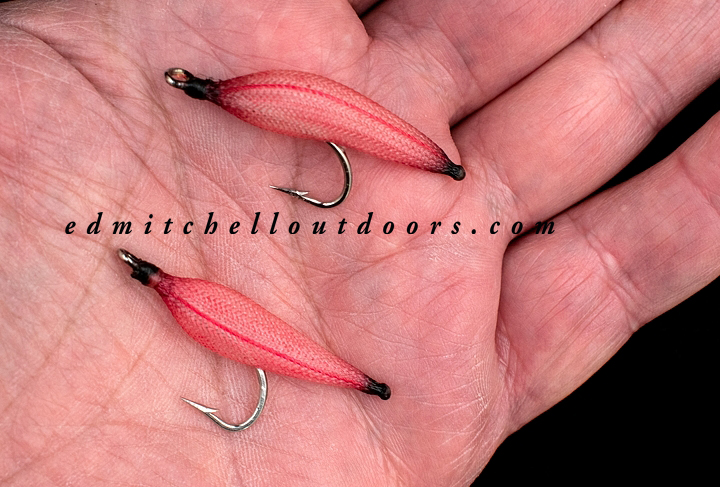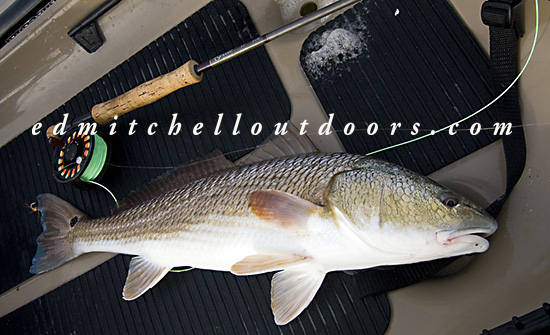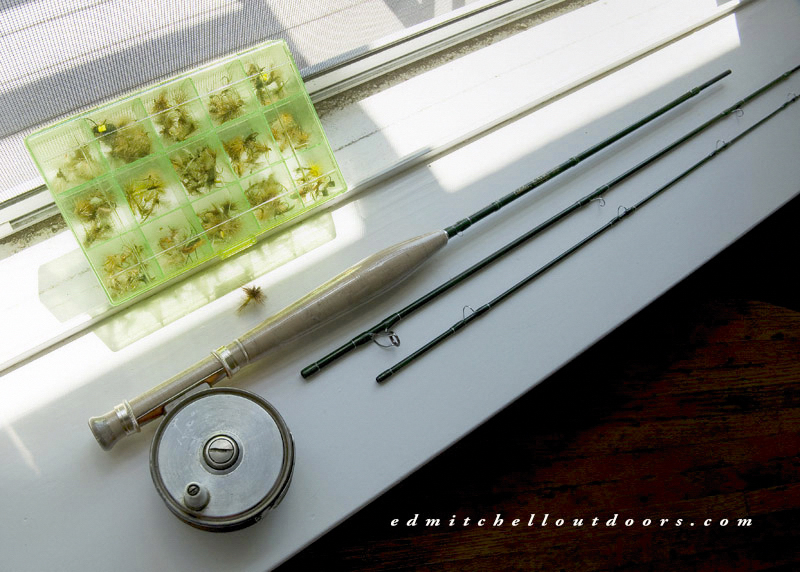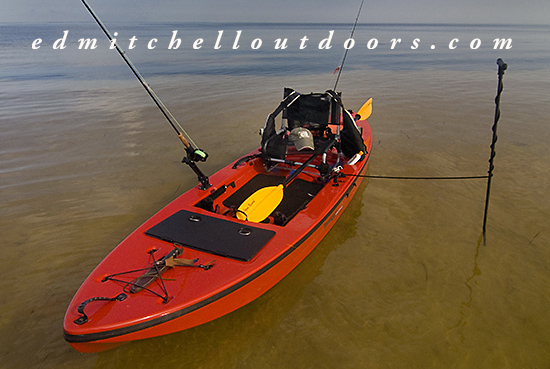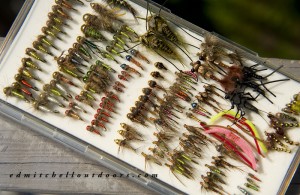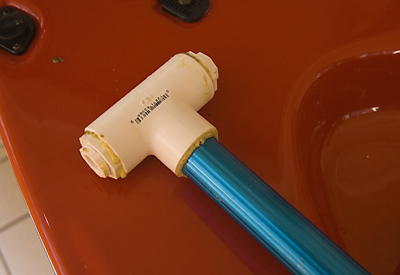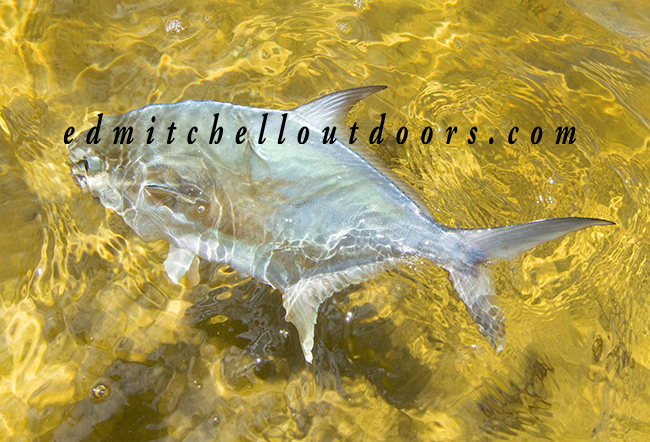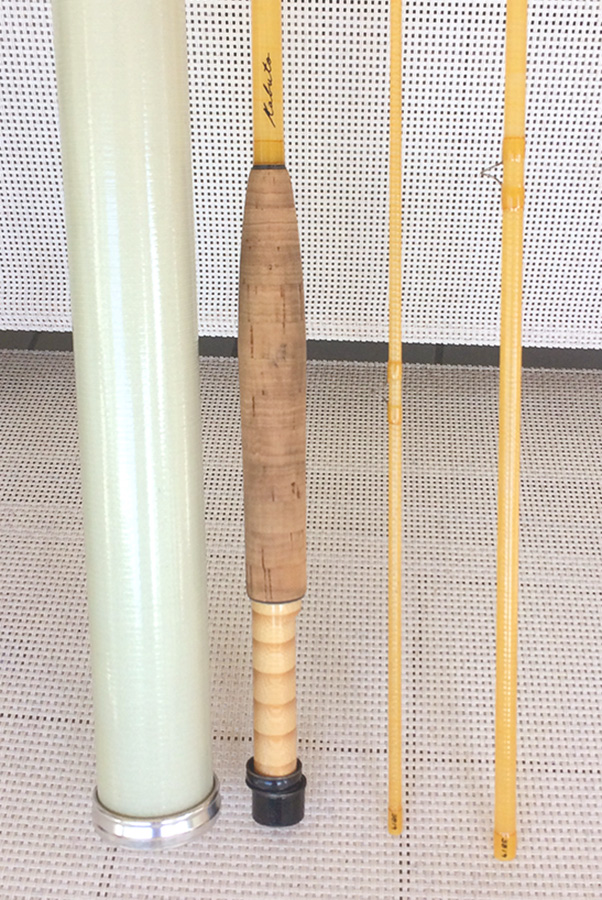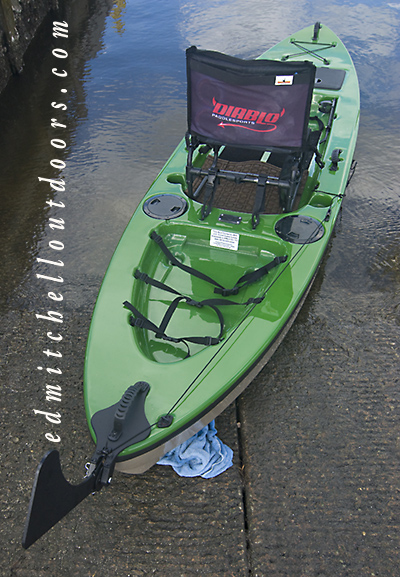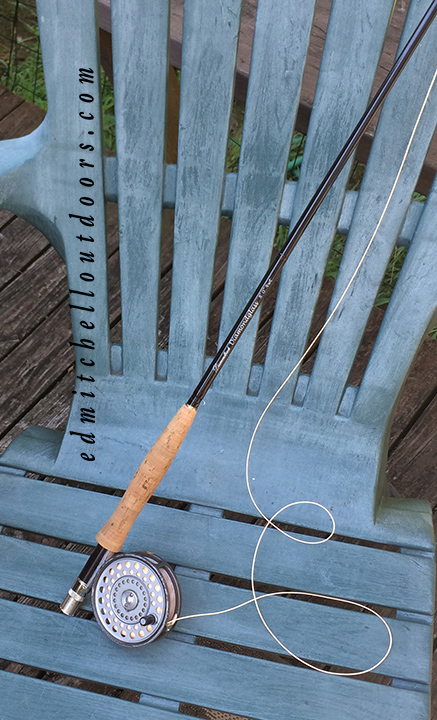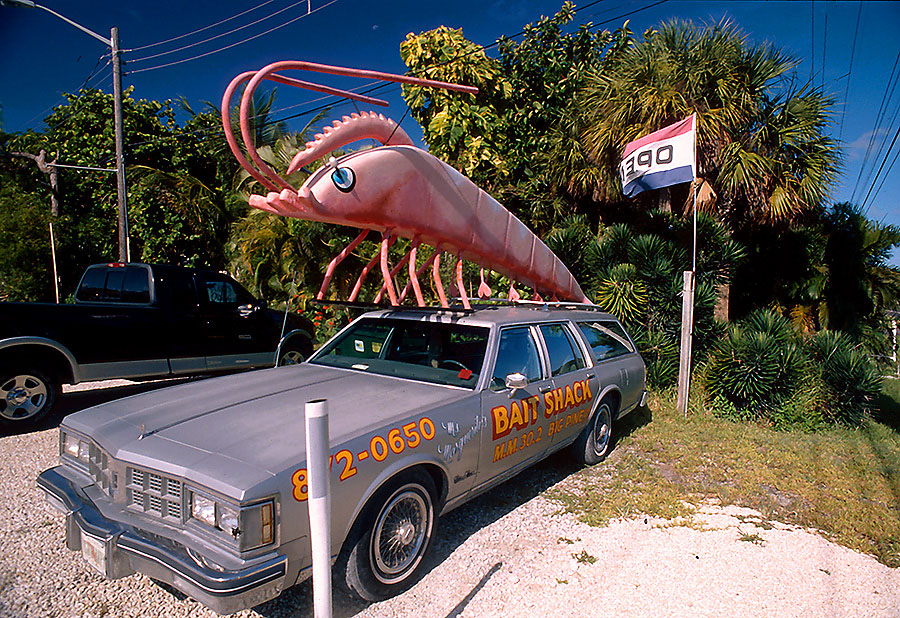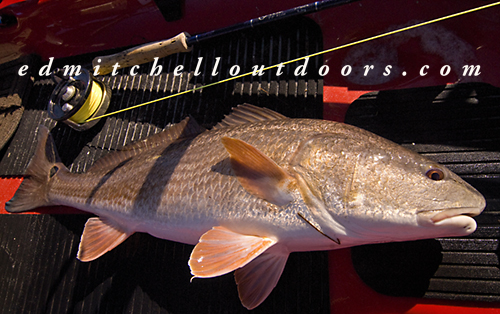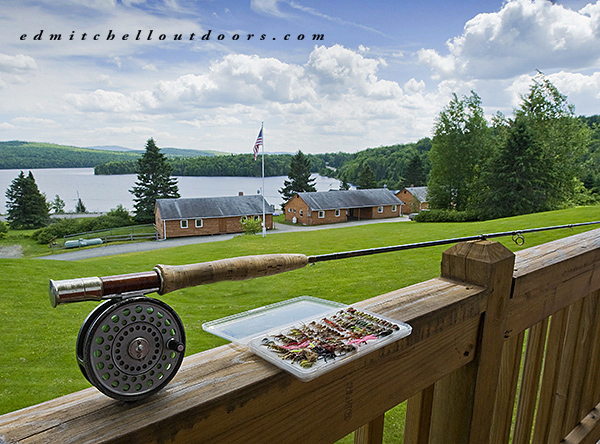Short Casts are Successful in the Salt
There is a tendency to think that saltwater fly fishing is all about booming out long casts. Thousand dollar fast action performance rods, special taper lines, and double hauling. Right? And this is especially the case went fishing from shore. Aren’t the fish out yonder? Sometimes.
Generally speaking, when fishing from the beach casts of 65/70 feet are adequate for covering the water. And that may be casting too far! Really. Short casts are successful in the salt too – even very short casts. In fact you may have to back away from the water’s edge to properly deliver a fly.
How is this possible? Waves and longshore currents tend to dig a drop-off along the water’s edge. See it in the photo above? Note where the tan colored band at the bottom of the image joins the aqua colored band. This color change marks the edge of we call the trough. This drop-off may only be a foot or two deeper, but it is a fishy spot. Why? It is constantly being stirred up by the coming and going of the waves. Which in turn attracts silversides, sand eels, and crabs to feed right here. Which draws striped bass – particularly in low light. And you if you fish long enough, the day will come when you hook a bluefish, fluke, bonito or false albacore on this edge. Yeah short casts are successful in the salt.
(Did you see the dark blue band at the top of the photo? Its a deep hole out about 60 feet. You can reach it.)







